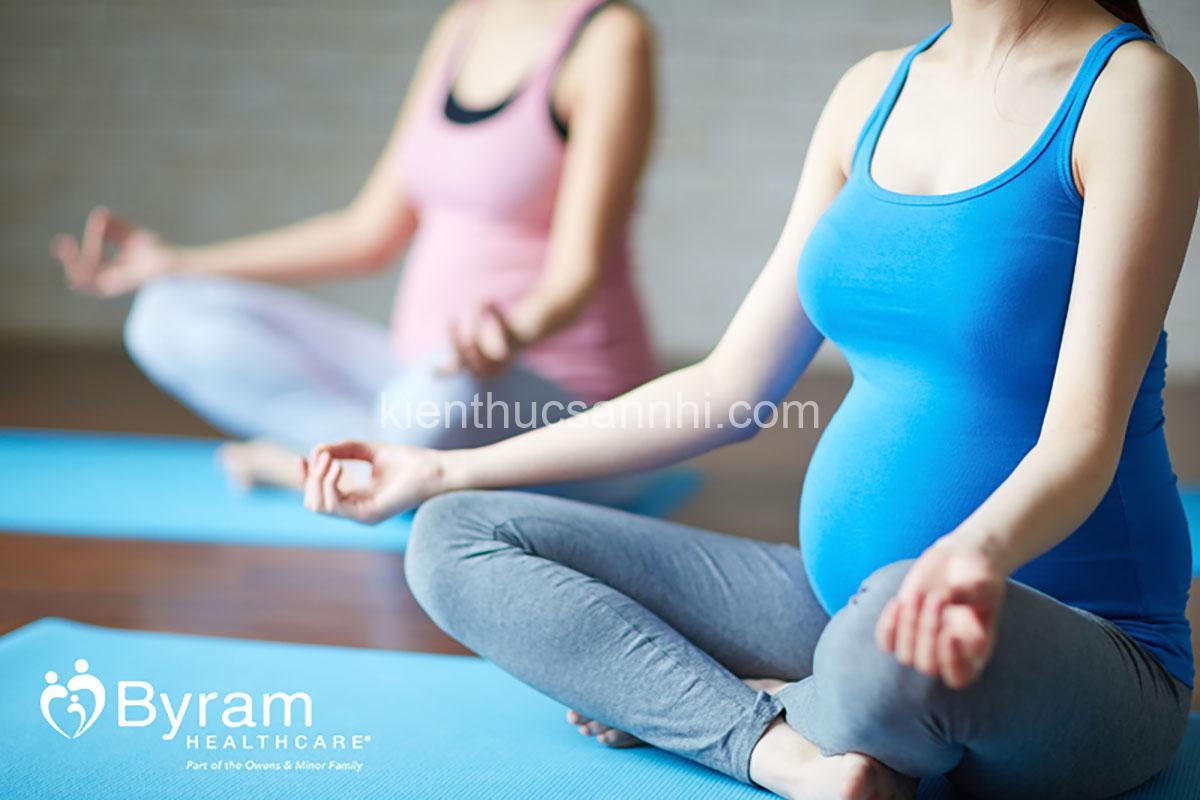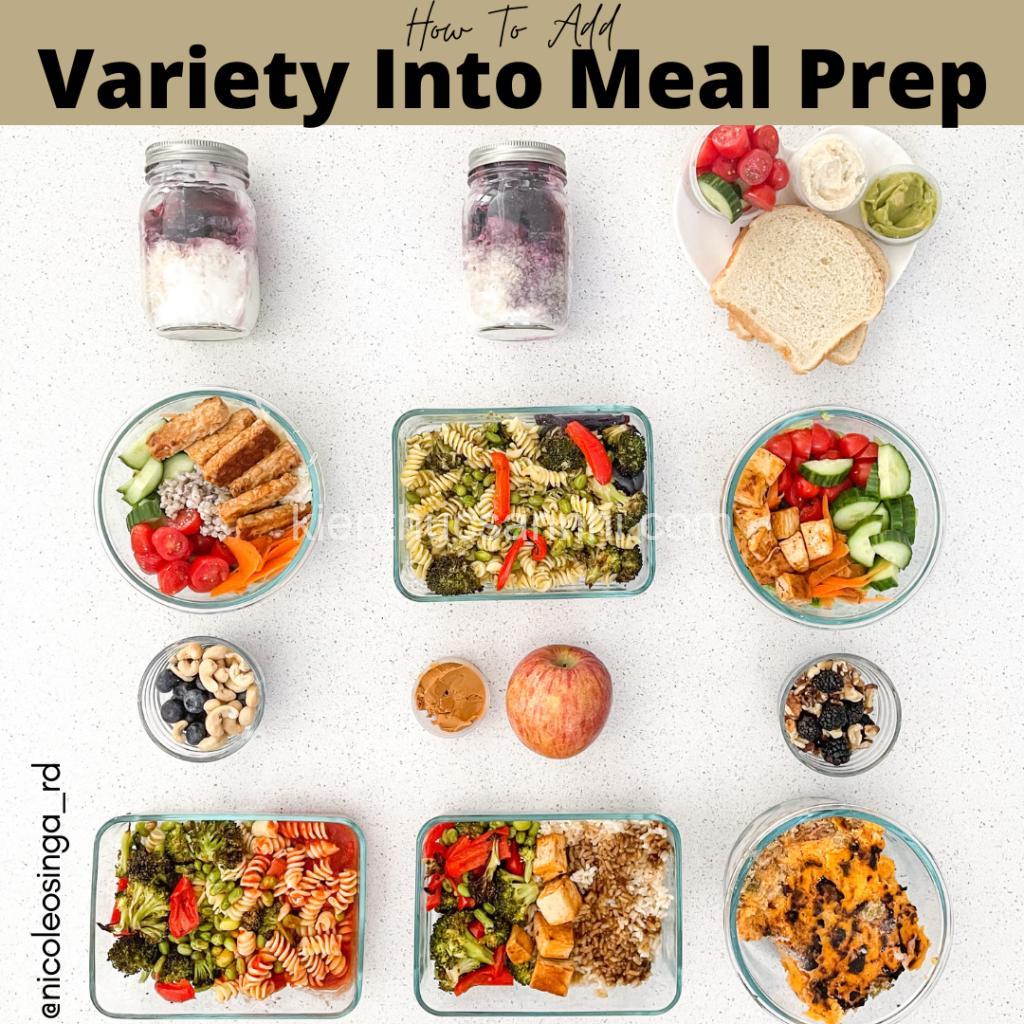
Relaxation Techniques for Pregnant Women: Yoga, Breathing, and More. In today’s article, kienthucsannhi.com will explore with you in the most detailed and complete way. See now!
Mastering Relaxation Techniques for a Healthy Pregnancy
Pregnancy is a time of incredible change and growth, but it can also be a time of stress and anxiety. You may experience a rollercoaster of emotions, physical discomfort, and sleep disturbances. It’s crucial to find ways to relax and de-stress to navigate this exciting journey with more ease and joy. Relaxation techniques can help you cope with these challenges, promote a positive mindset, and contribute to a smoother pregnancy journey.
Mastering Relaxation Techniques for a Healthy Pregnancy is not just about finding moments of calm; it’s about creating a foundation for a healthier and more fulfilling pregnancy experience.

Prenatal Yoga: Finding Calm Through Movement
Prenatal yoga is a gentle and safe form of exercise specifically designed for pregnant women. It adapts traditional yoga poses to accommodate the changing needs of your body during pregnancy, offering a safe and effective way to stay active and relaxed.
Prenatal yoga is more than just physical exercise; it’s a practice that encourages mindfulness, breath awareness, and a sense of connection to your body and baby. It’s a wonderful way to find peace and quiet in the midst of a busy pregnancy.
Here are some key benefits of prenatal yoga:
- Increased flexibility and strength: Prenatal yoga helps improve flexibility and strength, which can help alleviate back pain, muscle tension, and improve posture.
- Reduced back pain, muscle tension, and fatigue: Prenatal yoga can help reduce back pain, muscle tension, and fatigue, which are common complaints during pregnancy.
- Improved circulation and digestion: Prenatal yoga improves circulation and digestion, which can help reduce swelling and improve overall well-being.
- Enhanced emotional well-being and stress management: Prenatal yoga can help reduce stress and anxiety, improve sleep quality, and promote a sense of calm and relaxation.
Tips for choosing a qualified prenatal yoga instructor and finding suitable classes:
- Look for instructors who are certified in prenatal yoga.
- Ask about class size and whether modifications are offered for different stages of pregnancy.
- Choose a class that fits your comfort level and physical abilities.
Deep Breathing: Your Inner Oasis
Deep breathing is a powerful relaxation technique that can help calm your mind and body, especially during pregnancy. It’s a simple yet effective way to access a sense of peace and tranquility, even amidst the challenges of pregnancy.
Here’s how deep breathing works:
- Slows heart rate and lowers blood pressure: Deep, slow breaths signal to your body to relax, which in turn slows your heart rate and lowers your blood pressure.
- Promotes relaxation and reduces muscle tension: Deep breathing helps reduce muscle tension, which is often associated with stress and anxiety.
- Increases oxygen intake and improves circulation: By taking deep breaths, you increase oxygen intake, which improves circulation and nourishes your body and baby.
Here are some effective deep breathing techniques for pregnant women:
- Diaphragmatic breathing (belly breathing): This technique focuses on expanding your diaphragm, the large muscle below your lungs. It helps you take deeper, more conscious breaths.
- Box breathing: This technique involves breathing in for four counts, holding for four counts, exhaling for four counts, and holding for four counts. It can be a helpful way to regulate your breath and focus your attention.
- 4-7-8 breathing: This technique involves breathing in for four counts, holding for seven counts, and exhaling for eight counts. It can help calm the nervous system and promote relaxation.
Tips for practicing deep breathing during pregnancy:
- Find a comfortable position, either sitting or lying down.
- Focus on your breath, observing the rise and fall of your belly.
- Practice deep breathing for a few minutes each day.
- As you progress, you can gradually increase the duration of your practice.
Harnessing the Power of Mindfulness Meditation
Mindfulness meditation is a powerful tool for promoting relaxation, reducing stress, and fostering a sense of inner peace. It involves paying attention to the present moment, without judgment, and cultivating awareness of your thoughts, feelings, and sensations.
Here are some key benefits of mindfulness meditation for pregnant women:
- Increased awareness of thoughts, feelings, and sensations: Mindfulness meditation helps you become more aware of your thoughts, feelings, and sensations, allowing you to better understand and manage your responses.
- Enhanced emotional regulation and stress management: Mindfulness meditation can help you develop better emotional regulation skills, enabling you to manage stress and anxiety more effectively.
- Improved focus and concentration: Mindfulness meditation can help improve your focus and concentration, which can be beneficial during pregnancy when you may feel overwhelmed by the demands of motherhood.
- Cultivating a sense of calm and inner peace: Mindfulness meditation helps cultivate a sense of calm and inner peace, reducing stress and anxiety and promoting a sense of well-being.
How to Practice Mindfulness Meditation during Pregnancy:
- Find a quiet space: Find a quiet and comfortable space where you can relax without distractions.
- Choose a comfortable position: You can sit comfortably on a cushion or chair or lie down on your side or back.
- Focus on your breath: Gently bring your attention to your breath, noticing the rise and fall of your belly.
- Observe your sensations: As you breathe, notice any sensations in your body, such as the warmth of your skin or the feeling of your clothes on your skin.
- Acknowledge your thoughts and feelings: Thoughts and feelings will naturally arise during meditation. Gently acknowledge them without judgment and then gently return your attention to your breath.
Guided Imagery: Journey to Relaxation
Guided imagery is a relaxation technique that involves using your imagination to create vivid mental images. These images can be calming, soothing, and helpful for reducing stress and promoting relaxation. During guided imagery, you listen to a recording or a person’s voice that guides you through a series of visualizations.
Here are some of the benefits of guided imagery for pregnant women:
- Reduces anxiety and promotes relaxation: Guided imagery can help calm your mind and body, reducing anxiety and promoting relaxation.
- Creates a positive and supportive mindset: Guided imagery can help you create a positive and supportive mindset, which can be helpful for coping with the challenges of pregnancy.
- Visualizing a calm and peaceful birth experience: Guided imagery can help you visualize a calm and peaceful birth experience, which can reduce fear and anxiety surrounding childbirth.
Examples of Guided Imagery Scripts for Pregnant Women:
- Visualize a peaceful scene: Imagine yourself on a serene beach, feeling the warmth of the sun on your skin and the gentle sound of waves crashing against the shore.
- Use positive affirmations: Repeat positive affirmations to yourself, such as “I am strong and capable,” “I am confident in my body’s ability to bring life into the world,” or “I am filled with love and joy for my baby.”
- Visualize a calm and controlled birth experience: Imagine yourself in a safe and supportive environment, breathing deeply and calmly as your baby is born.
Tips for Using Guided Imagery Recordings or Apps:
- Choose recordings with a calm and soothing voice.
- Find recordings that are specifically designed for pregnant women.
- Listen to recordings in a quiet and comfortable space where you can relax without distractions.
- Practice guided imagery for a few minutes each day or whenever you feel overwhelmed or stressed.
Massage Therapy for Pregnancy Relief
Massage therapy can be a wonderful way to relax, reduce stress, and alleviate physical discomfort during pregnancy. A certified prenatal massage therapist can provide gentle, nurturing touch that can ease muscle tension, improve circulation, and promote a sense of well-being.
Here are some of the benefits of massage therapy for pregnant women:
- Reduces stress and promotes relaxation: Massage therapy can help release endorphins, which have mood-boosting and pain-relieving effects.
- Eases muscle tension and discomfort: Massage can help relieve muscle tension and discomfort in the back, neck, shoulders, and legs.
- Improves circulation and reduces swelling: Massage can help improve blood flow and reduce swelling in the legs and feet.
- Relieves back pain and sciatica: Massage can help alleviate back pain, which is a common complaint during pregnancy.
Specific Massage Techniques That Are Safe for Pregnant Women:
- Swedish massage: This gentle form of massage uses long strokes, kneading, and circular movements to relax muscles and improve circulation.
- Prenatal massage: This type of massage is specifically designed for pregnant women and focuses on relieving common pregnancy discomforts, such as back pain, sciatica, and leg cramps.
Important Considerations for Massage Therapy During Pregnancy:
- Choose a certified and experienced prenatal massage therapist.
- Consult with your doctor or midwife before receiving any massage therapy.
- Avoid massage in the first trimester, especially if you have a history of miscarriage.
- Let your therapist know about any specific concerns or discomforts you may have.
Other Techniques for Pregnancy Relaxation
Here are some additional relaxation techniques that can help you unwind and find peace during pregnancy:
- Music therapy: Listening to soothing music can help reduce stress, improve mood, and promote relaxation. Consider listening to classical music, ambient sounds, or nature sounds.
- Spending time in nature: Surrounding yourself with nature can be incredibly calming and restorative. Take walks in parks, gardens, or forests.
Tips for Incorporating These Techniques into Your Daily Routine:
- Try practicing deep breathing exercises during your prenatal yoga classes.
- Use guided imagery recordings or apps before bedtime to promote relaxation and sleep.
- Schedule regular prenatal massages to help relieve stress and muscle tension.
- Create a peaceful space in your home where you can practice relaxation techniques.
- Make time for yourself each day to practice relaxation techniques, even if it’s just for a few minutes.
Seeking Support and Resources
Relaxation is an essential part of a healthy pregnancy journey. It’s a journey that’s best navigated with the support of healthcare professionals and trusted resources.
Remember, you’re not alone.
- Consult with your doctor or midwife: They can provide personalized recommendations for relaxation techniques and address any concerns you may have.
- Connect with other pregnant women: Sharing experiences with other mothers-to-be can provide support, encouragement, and valuable insights.
- Seek support from a doula or childbirth educator: A doula can provide physical, emotional, and informational support during pregnancy, labor, and postpartum. A childbirth educator can offer classes and resources on pregnancy, labor, and parenting.
What are the most effective relaxation techniques for pregnant women?
Answer: There is no single “most effective” technique. Different women find different techniques more helpful. It’s important to experiment and find what works best for you.
Are there any relaxation techniques that are not safe for pregnant women?
Answer: Yes, some relaxation techniques should be avoided during pregnancy. For example, hot yoga or strenuous exercise can be unsafe. It’s important to consult with your doctor or midwife about which activities are safe for you.
How often should I practice relaxation techniques during pregnancy?
Answer: Aim to practice relaxation techniques for at least 15-20 minutes each day. However, even a few minutes of deep breathing or mindfulness meditation can make a difference.
What if I find it difficult to relax?
Answer: It’s common for pregnant women to find it difficult to relax, especially when they are experiencing discomfort, anxiety, or sleep problems. It’s important to be patient and persistent. Start with short sessions and gradually increase the duration of your practice.
Conclusion
It’s essential to embrace relaxation techniques during pregnancy, so you can nurture your well-being and create a positive experience for yourself and your baby. For more information on relaxation techniques and other aspects of pregnancy, visit my website at https://kienthucsannhi.com/.
Michael David Smith is a passionate animal lover and the owner of kienthucsannhi.com. He is dedicated to providing accurate, reliable, and easy-to-understand information for animal lovers everywhere.
Share your thoughts and experiences with relaxation techniques during pregnancy in the comments below!





